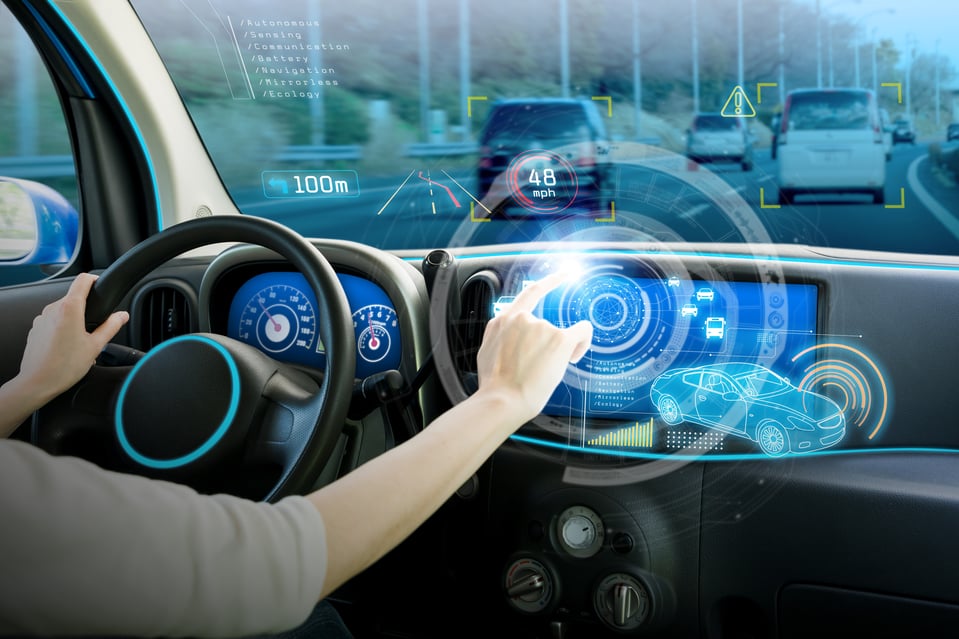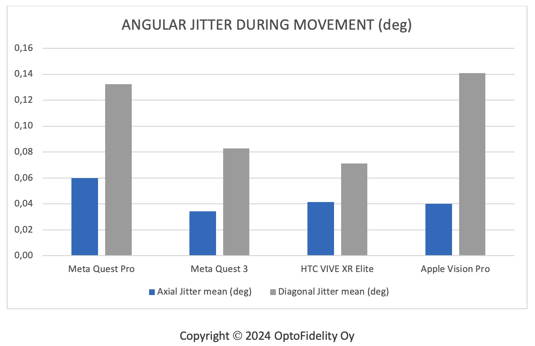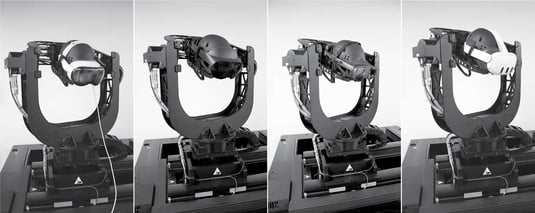
Blogs
The Crucial Role of Testing for AR Driving Interfaces
Augmented Reality (AR) driving interfaces, or AR Head-Up Displays (HUDs) are one of the newest evolving technologies in the automotive industry with the promise to transform the driving experience. These displays are capable of seamlessly integrating virtual elements into the driver's line of sight. They hold the potential to enhance safety and convenience on the road. However, the realization of this potential requires comprehensive testing to ensure optimal performance, safety adherence, and user satisfaction.
Here are some of the most important aspects to consider when testing AR HUDs:
1. Clarity Under Scrutiny
AR HUDs aim to provide drivers with essential information with clarity and intuition. Testing ensures that the virtual elements projected onto the windshield maintain crystal-clear visibility, allowing drivers to stay informed without compromising their focus on the road.
2. Precision in Every Pixel
Every pixel on an AR HUD is a piece of information meant to guide and inform. Testing delves into the precision of each pixel, assessing resolution, brightness, and contrast. The goal is not just to display information but to present it with precision and accuracy, creating a seamless blend between the virtual and physical worlds.
3. Spatial Harmony in Motion
AR HUDs rely on spatial mapping to align virtual elements with the real-world environment. Testing protocols scrutinize this alignment, ensuring that the dynamic nature of driving conditions does not hinder the spatial harmony between the displayed information and the external surroundings.
4. Adaptability in Changing Scenarios
Driving is an ever-changing experience, and so must be the AR HUD. Testing involves subjecting these displays to diverse scenarios, mimicking different lighting conditions and environmental factors. The adaptability of AR HUDs is tested to guarantee optimal performance under any circumstance, from a sunlit afternoon to a moonlit night.
5. User-Centric Testing
AR HUDs are designed for drivers, and their testing revolves around user-centric principles. Intuitive controls, easy navigation, and a pleasant user experience are paramount. Testing ensures that drivers can effortlessly interact with the AR HUD, accessing information without unnecessary complexity.
6. Safety at the Forefront
Safety is the top priority in AR HUD testing, with adherence to safety standards and regulations being mandatory. Distraction management is scrutinized to guarantee that these displays enhance driver safety, contributing to an environment where information is presented without compromising attention to the road.

Testing for Augmented Reality Head-Up Displays goes beyond mere protocol. Every test advances the displays in clarity, accuracy, adaptability, and above all, safety. As AR HUDs revolutionize driving, rigorous behind-the-scenes testing guarantees drivers a journey that is safer and more enjoyable enriched by technology.
With more than 10 years of optical metrology expertise in diffractive optics and other AR display technologies, OptoFidelity provides proof of concept studies and fully automated robotic systems for validating optical characteristics as well as overall system functionality and performance of AR-HUDs. Contact us to request a consultation and discuss your testing requirements.
Written by


